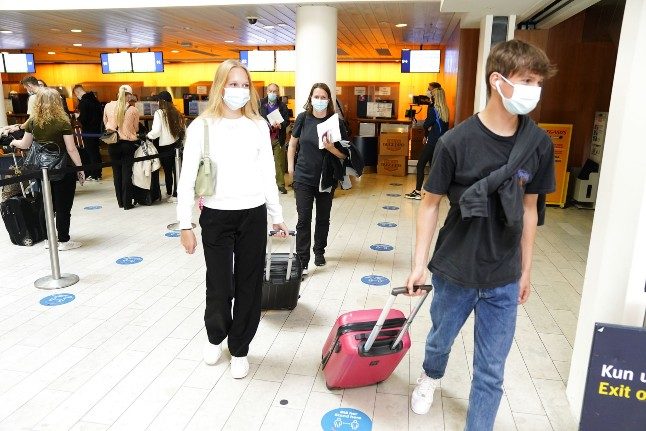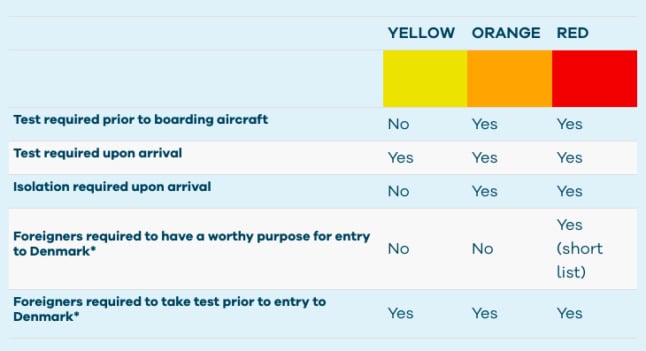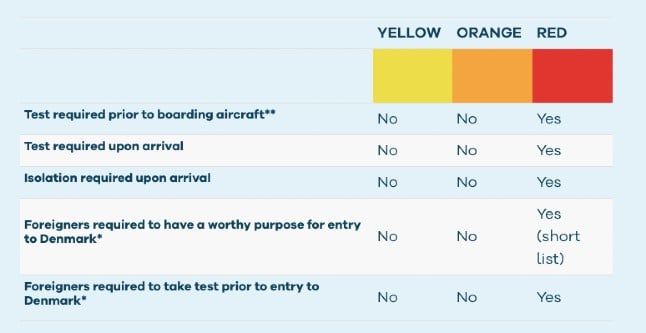“We already restored temporary controls in spring (on the Italian border) and we won't hesitate to do it again as the rules of Schengen allow when circumstances require it,” Valls told a parliamentary debate on the migrant crisis.
Buckling under the pressure of the worst refugee crisis in Europe since World War II, Germany announced this week it was reinstating border controls in a blow to the EU's passport-free Schengen zone.
Austria and Slovakia quickly followed suit with similar measures and Poland said it too was willing to step up policing of its borders.
Paris reinstated controls on its border with Italy in June as large numbers of migrants arriving by boat in Italy tried to cross into France.
“Schengen is the free movement of people,” Valls said of the passport-free zone that encompasses 22 EU countries as well as Norway, Switzerland, Iceland and Liechtenstein.
“It is a part of our identity, and our security. But Schengen is also the control of exterior borders, otherwise it doesn't work,” said Valls.
Valls again called for more European cooperation in dealing with the refugee crisis.
President Francois Hollande has said France will take in 24,000 refugees over the next two years and warned that without a united EU policy to share the burden of migrants, the borderless Schengen system will collapse.
Valls said more than 600 million euros ($677 million) would go towards financing the reception of these refugees by the end of 2017.
He also announced the creation of 900 extra security forces jobs, particularly border police, to fight illegal immigration.
“Some tell us 'you must shut everything'. To say that is to ignore the refugees dying on our doorstep. Others say 'open everything'. To say that is to ignore the realities and difficulties faced by French society,” said Valls.





 Please whitelist us to continue reading.
Please whitelist us to continue reading.
Member comments